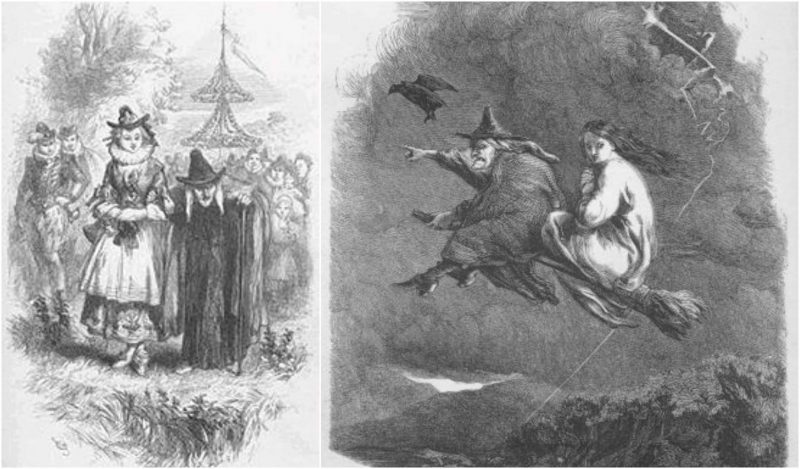Back in the 17th century, one of the most famous witch trials occurred in the area around Pendle Hill in Lancashire, England.
Twelve people had been accused of witchcraft, eleven of whom were found guilty. Fewer than 500 people have been executed for witchcraft in England over a period of three centuries and eleven of them in the summer of 1612. This accounts for 2% of all the executed witches in England.
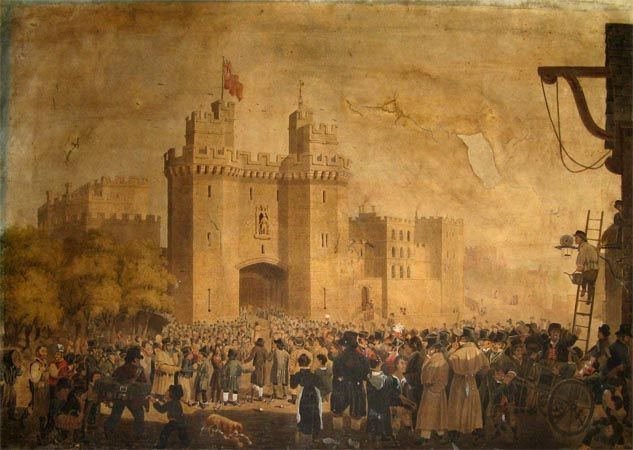
The proceedings have been described in the book “The Wonderfull Discoverie of Witches in the Countie of Lancaster,” written by Thomas Potts, the clerk to the count. According to his records, ten of the witches were imprisoned and hanged in Lancaster Castle and one in York, while one was released of charges.
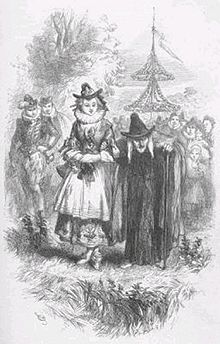
It all happened at a time when King James I was genuinely interested in witchcraft and had a rigorous attitude against it. He even wrote a book “Daemonologie” in which he advised people to take witchcraft as an act against the church and to condemn it. Surely, his arguments and beliefs had a warning effect on people as numerous accusations occurred.
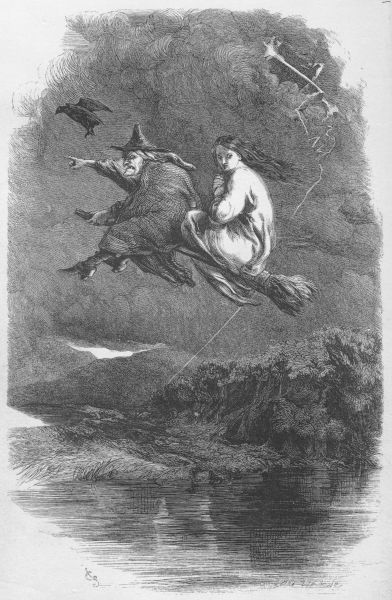
Pendle Hill in Lancashire was a county which, at the end of the 16th century, was regarded by the authorities as a wild and lawless region: an area “fabled for its theft, violence, and sexual laxity, where the church was honored without much understanding of its doctrines by the common people.”
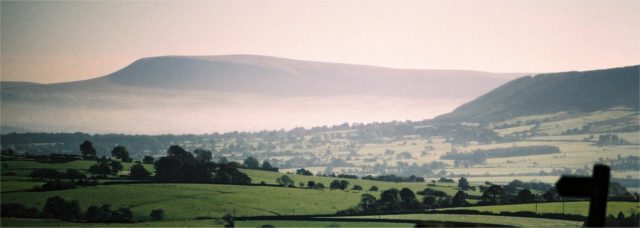
Six of the accused witches were from two rival families – the Demdike family and the Chattox family, both headed by old, poverty stricken widows – Elizabeth Southerns (aka “Old Demdike”) and Anne Whittle (“Mother Chattox”).
Old Demdike was known in the area as a witch for fifty years. The village knew that she has “magical abilities” to make herbal potions and medicine which wasn’t such a strange or unorthodox thing before the book of King James I.
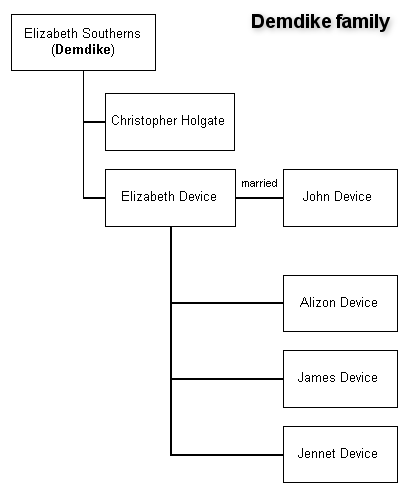
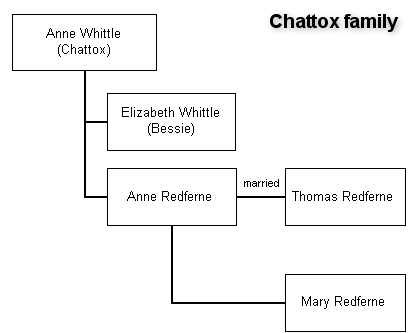
The whole thing started when Alizon Device, the granddaughter of Old Demdike, met the pedlar John Law and asked him for a few metal pins. It was common in the 17th century for the metal pins, which were handmade and not very affordable, to be used in magic. Whatever the reason was it wasn’t clear but what is known is that Alizon didn’t get what she asked for and just a few minutes after the encounter John Law slipped and fell on the ground, possibly suffering a stroke. Later, Law’s son – Abraham Law, asked Alizon to visit his father and she begged Law for his forgiveness.
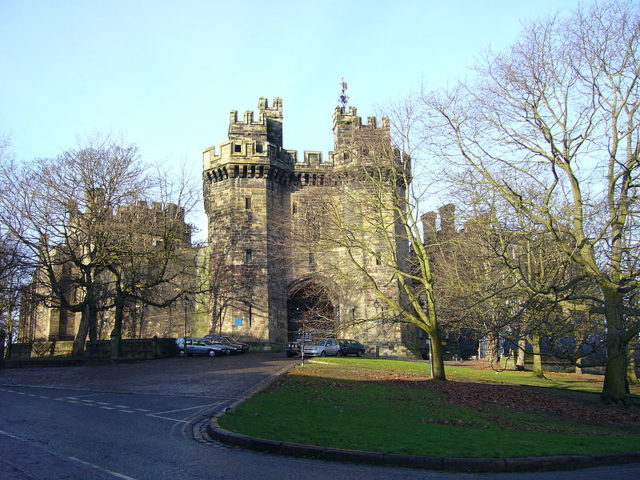
Around the same period, four other villagers died and considering the circumstances; the blame was laid on Chattox for performing witchcraft. Suddenly all kinds of accusations were made about possible witchcraft performed by members of the two families. Alizon was accused by her brother that she cursed a local child, while Elizabeth confessed that her mother had a mark on her body, supposedly made by the Devil. Chattox’ daughter was seen making clay figures.
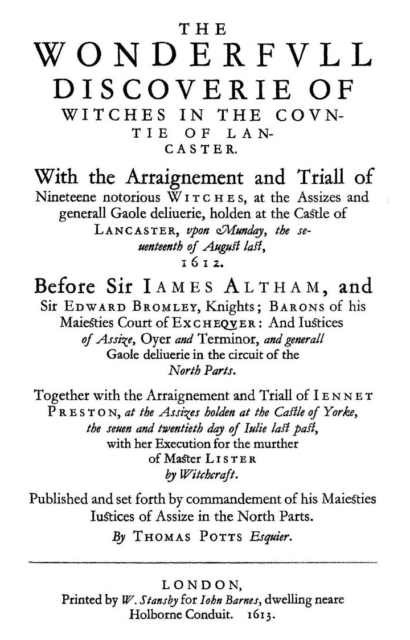
When all of them were brought to trial, Old Demdike and Mother Chattox confessed to selling their souls.
The witches from Pendle or known as the Pendle witches were tried along with the Samlesbury witches, accused of child murder and cannibalism. Most of them were convinced that they were guilty while some protested.
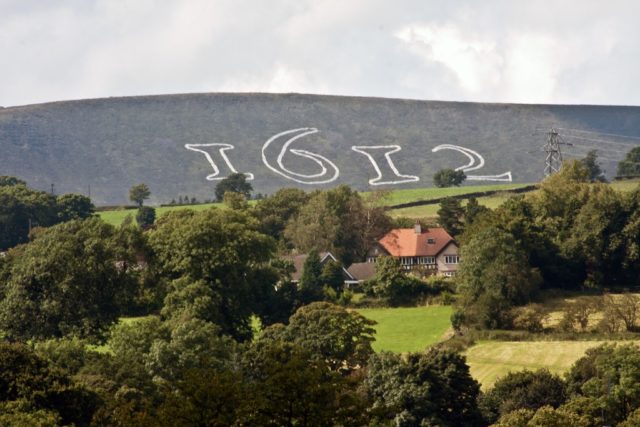
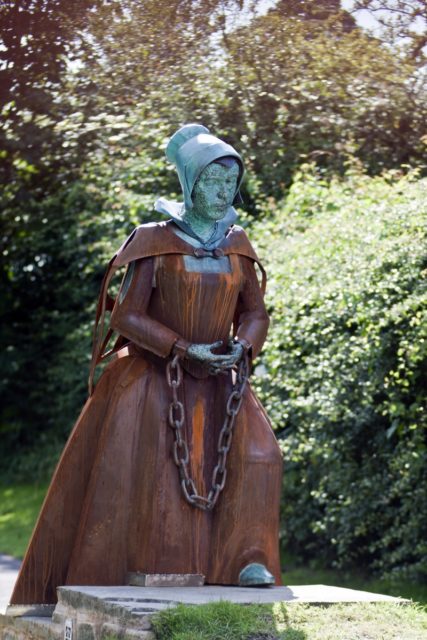

Jennet Preston was the first to be tried, at York Assizes while all the others were tried at Lancaster Castle. On the first day, the Pendle witches were tried, except for Old Demdike who died in custody. The next day the Samlesbury witches were tried. All of them were executed.
